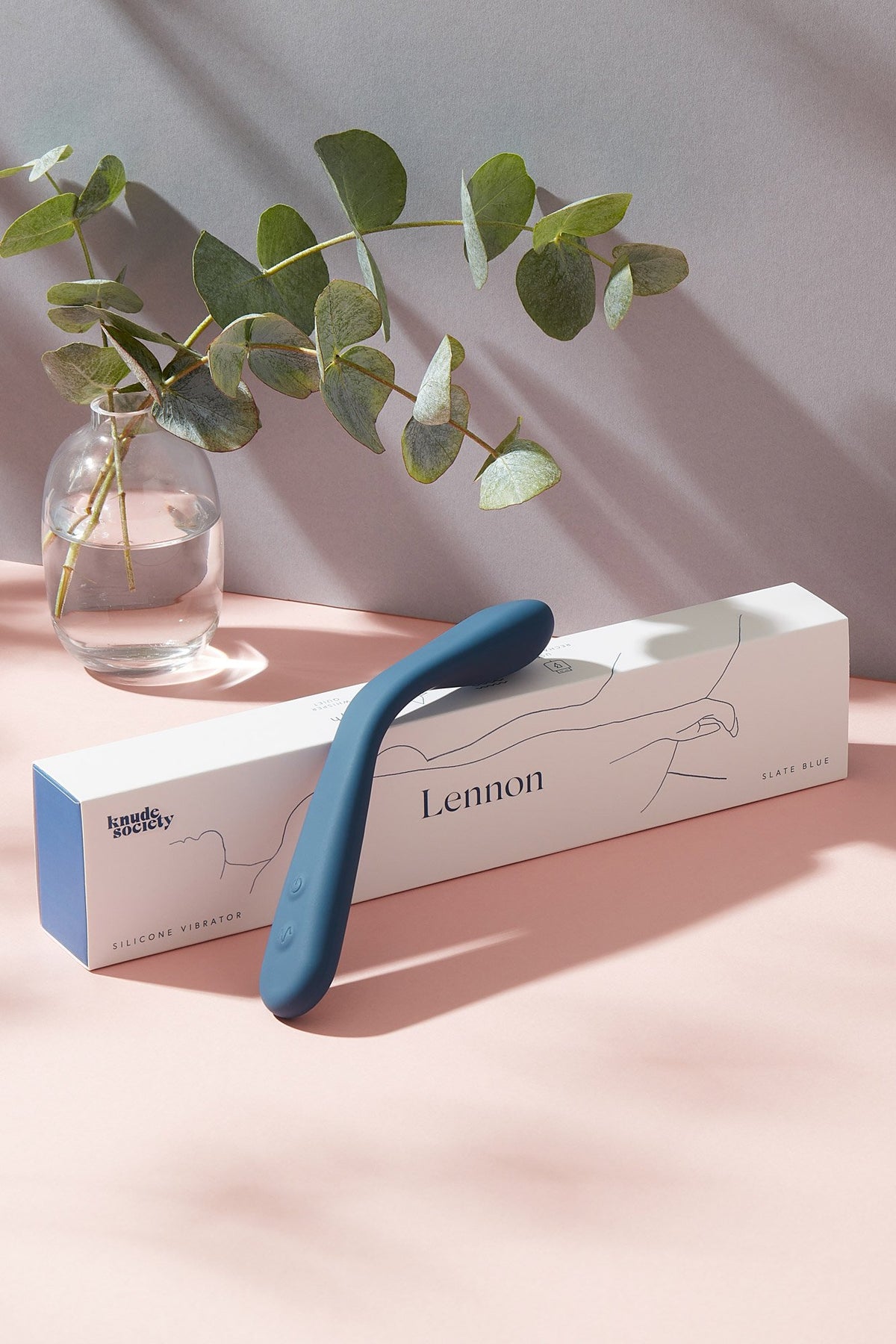*Please note: that we use male and female terms to refer to cis-gendered sexual anatomy. However, an individual with entire or partial female genitalia may or may not identify as female as their gender. And an individual with entire or partial male genitalia may or may not identify as male. We seek to be as inclusive as possible with our language, so if you feel we can be do better — please let us know at hello@theknudesociety.com.
The “big O” might be the main course on your sexual menu—or maybe you prefer it as a few appetisers or to come as a solo dessert (yum). Our myriad of preferences show how diverse and wonderful our sexuality really is.
However, it hasn’t always been easy to talk about female orgasms* or pleasure. Not surprisingly, there’s still a lot of misinformation about what the female orgasm is and how people experience it.
We’re going to dispel some of the most common myths so you can get on with enjoying your sex life to the fullest. Bon appetit!
Myth #1: There’s only one way to orgasm.
There’s a huge range of sexual preferences, from partners to positions to time of day—and orgasms are no different.
Sure, clitoral stimulation has a strong track record as a pleasure centre, but how you stimulate the clitoris and whether that’s the type of stimulation you prefer changes from person to person. It definitely doesn’t need to come from penetration. Medical research has shown that there many different types of orgasms—from blended to g-spot orgasms.
It’s important to remember that there is a wide variety of sexual normalcy. As sex educator and author Emily Nagoski reminds us, what one person considers satisfying might not be that enjoyable for someone else. When things aren’t working, switch it up. If you tell yourself there’s only one way, you may experience guilt or limit a new discovery.
Myth #2: Everybody has (or wants to have) orgasms.
Not everybody has orgasms. People of all genders can experience orgasmic dysfunction. It affects about 11-41% of people who identify as women worldwide. The reasons for orgasmic dysfunction range from medical to social and vary depending on context.
And, not everybody wants to have orgasms. People experience satisfying forms of pleasure that are not technically orgasms—and that doesn’t take away from their delight in sex.
Myth #3: Masturbation ruins the excitement of sex.
Masturbation has a weird history of shame in Western culture. Did you know that Kellogg’s corn flakes were invented to try and curb masturbation? WTF, right?
If you like to masturbate or are curious about trying it, then go for it. You’re probably going to enjoy it. Personal exploration will enhance rather than diminish your sex life—studies have shown that masturbation can actually increase your sexual desire and sensitivity.
There are lots of household items you can use if you’re in a pinch (or just love a good DIY project). So go ahead and start experimenting. Shower head anyone?
Myth #4: A vibrator is only for masturbating.
Sometimes we prefer a set of tools to summit during sex. And there’s nothing wrong with that. Vibrators and toys can be fun, expressive ways to try new things with our sexual partners.
Before you introduce a vibrator into your sex life, make sure that all parties are on board. Set some ground rules around how and when they’re appropriate to use. Ask questions like:
Are toys welcome for all sexy times or only certain occasions?
Is it cool to use a toy throughout sex?
What types of toys are we excited to use and for when?
Are we comfortable with multiple toys at once or just sticking with one?
A vibrator adds another dimension of pleasure to sex—so why not try out some new moves? Check out some of the best positions to use a vibrator during sex.
Myth #5: Squirting is fake.
We’re here to tell you that squirting is real. Now, it doesn’t look like what you’ve seen in porn, but it is real—and experienced by anywhere from 10-54% of people who identify as women.
There’s research happening right now on what the substance of squirting actually is and where it originates from, but trust us, it’s coming all right.
Myth #6: There’s an on/off switch.
You might have some pretty reliable moves, but there’s no fixed path that works for everyone.
As sex researcher and journalist Sarah Barmack writes, “We tend to think of sex as something that starts with burning desire and ends with an orgasm. But that’s a rather goal-oriented model of sex that doesn’t describe many women’s experience.”
New areas of research in mindfulness and sexual response show just how multifaceted our sexual experiences are, including our orgasms and the ways they happen.
Myth #7: Faking an orgasm is your best bet.
It’s not uncommon to have sex with someone who just doesn’t know what the hell they’re doing—and if you don’t feel like being a teacher in that moment you shouldn’t have to.
However, faking it only perpetuates the idea that those not-so-smooth moves are actually getting somewhere. So if your sex partner is blundering their way around and you’re bored, just remember you don’t owe them a fake orgasm.
Since we’ve gotten some of the most common orgasm myths out of the way, you can keep on serving up whatever tasty treats you like.



